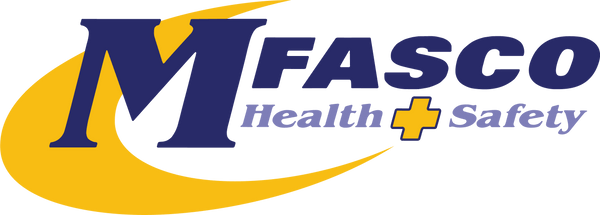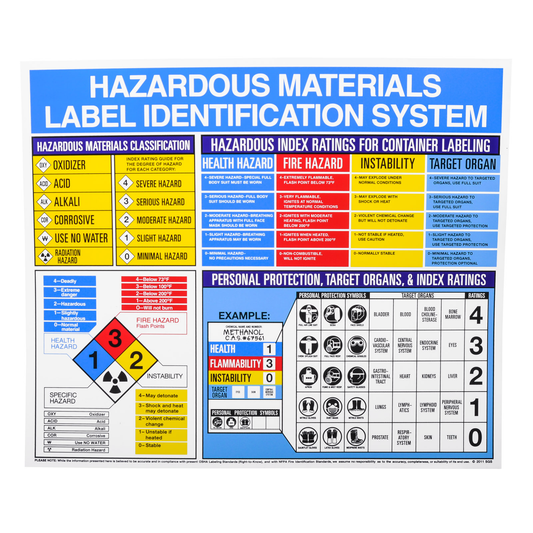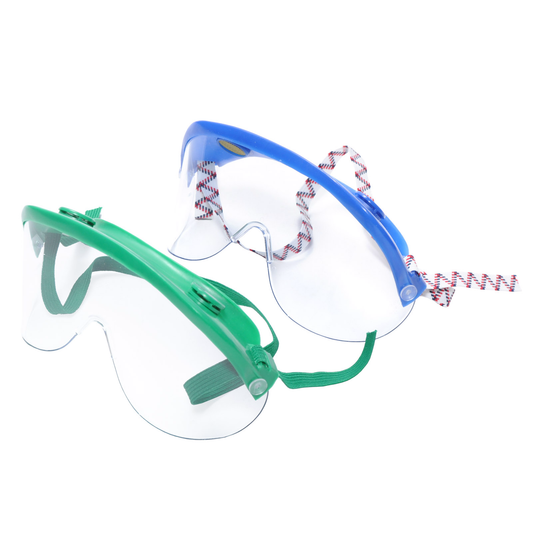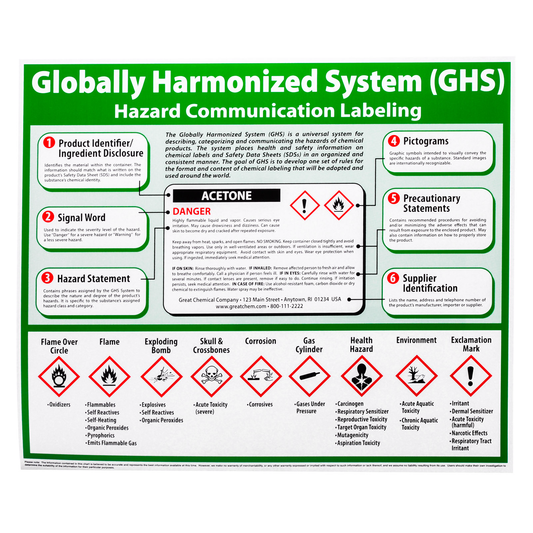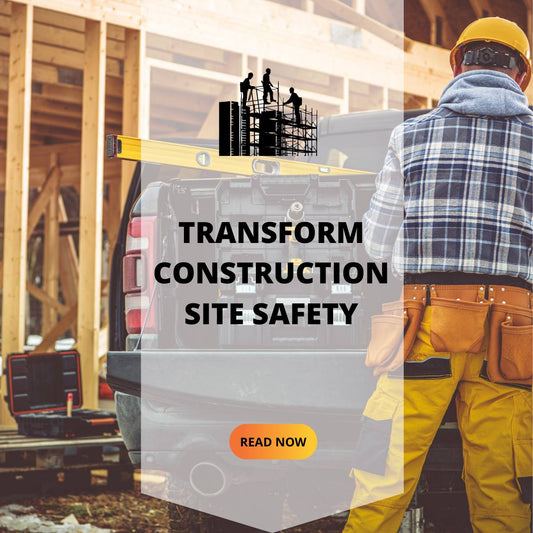Search results
Result found for “visual sign”
-
Hazardous Material Informational Wall Chart Poster
Sku: 6098
Out of stockRegular price $40.00Regular priceUnit price per$47.06Sale price $40.00 In stock
In stock
Ships Today
Handy wall chart helps workers and visitors identify the classifications, labeling index and required personal protection equipment required. Tear-resistant vinyl safety poster can mounted using double stick tape or dipslayed on information boards. Colorful graphics and information, safety poster measures 22" x 26". sold each.
Sale -
Visorgog Eye Protection Each - Green
Sku: 8558
Out of stockRegular price $13.27Regular priceUnit price per$15.61Sale price $13.27 In stock
In stock
Ships Today
- Full Vision Safety Goggles With Visor
- Shades Eyes And Reduces Eye Fatigue
- Lenses Have A Down-Angle Vision for Better Visibility
- Indirect Ventilation Screen Keeps Lenses from Fogging
- Meets ANSI Z87.1 Impact Standards
- Sold Individually
Sale -
GHS Globally Harmonized Chart
Sku: 6093
Out of stockRegular price $37.80Regular priceUnit price per$44.47Sale price $37.80 In stock
In stock
Ships Today
Sale
